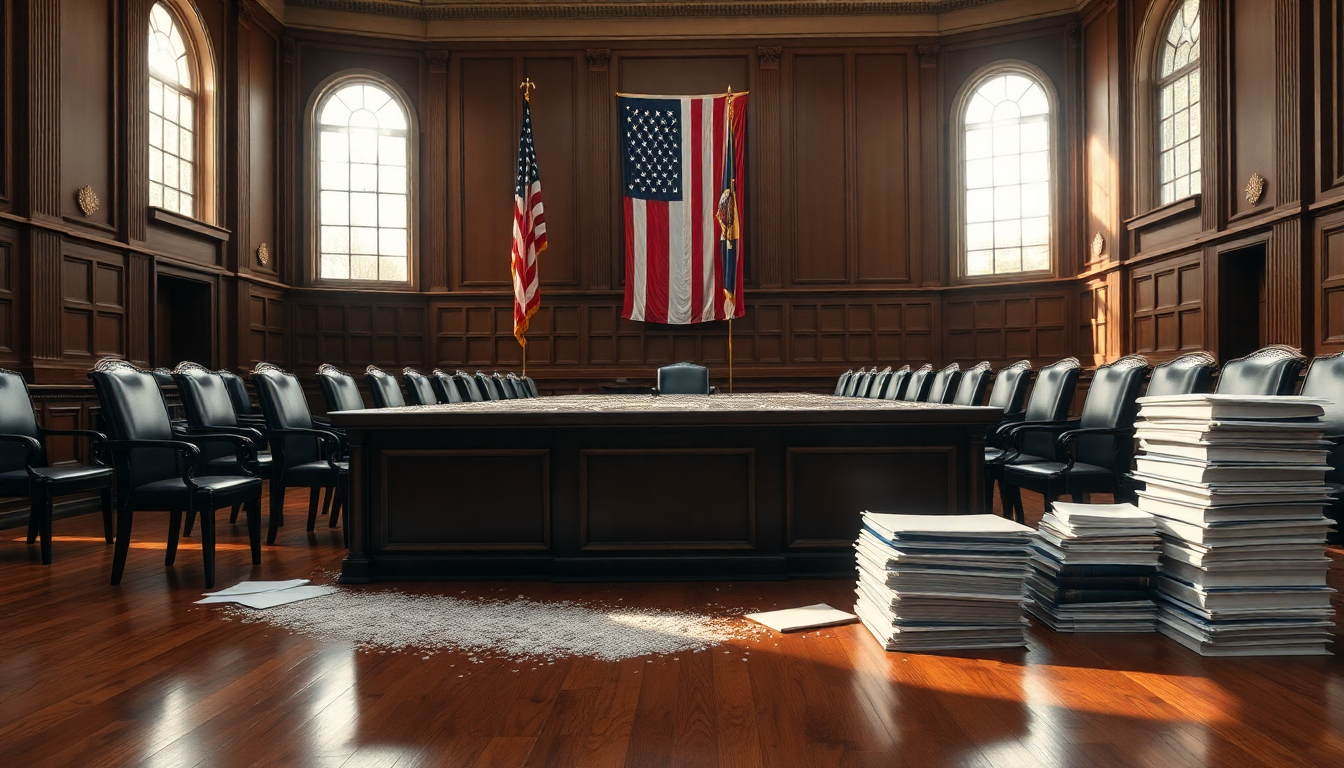Table of Contents
The recent ruling by the United States Supreme Court has created quite a buzz in the political world. It grants President Donald Trump the power to dismiss three Democratic members from the Consumer Product Safety Commission (CPSC). But what does this really mean? This decision not only highlights the court’s view on presidential authority but also raises important questions about how power is balanced between the executive and legislative branches. As the nation digests the implications of this ruling, it’s worth exploring how it connects to historical precedents and what it could mean for the future of independent regulatory agencies.
Overview of the Supreme Court’s Decision
So, what exactly did the Supreme Court decide? The ruling allows President Trump to remove three CPSC members—Mary Boyle, Alexander Hoehn-Saric, and Richard Trumka Jr.—all appointed by former President Joe Biden. This marks a reversal of a lower court’s decision that claimed Trump had overstepped his authority by trying to dismiss them. The CPSC was created as an independent body by Congress to operate without direct presidential influence, ensuring some level of bipartisan oversight in matters of consumer safety.
The ousted commissioners argued that their dismissals were unjust and deprived the public of critical expertise. Their terms were set to last until 2025 to 2028, and they claimed the president’s actions went beyond constitutional boundaries. On the flip side, the Department of Justice defended Trump’s right to dismiss members of the executive branch, asserting that even independent agencies ultimately fall under the executive’s control.
The Supreme Court reached its decision through a brief, unsigned order, noting the risks of allowing dismissed employees to stay in their roles while the litigation was ongoing. This ruling reflects the current conservative majority’s tendency to support a broad interpretation of executive power, a theme we’ve seen in several recent cases.
Implications for Independent Agencies
Justice Elena Kagan, one of the court’s three liberal justices, raised a red flag, expressing that this ruling marks a concerning shift in the balance of power. By enabling the president to dismiss commissioners based solely on their political affiliations, the decision undermines the original intent behind establishing independent agencies like the CPSC. Kagan’s dissent highlighted how this ruling could weaken Congress’s ability to maintain bipartisan oversight in regulatory bodies that were designed to be free from political pressures.
This decision fits into a larger trend where the Trump administration has aimed to assert more control over federal agencies, often taking a maximalist view of presidential powers. The implications extend beyond just the CPSC; this ruling sets a precedent for removing appointees from other independent agencies, such as the National Labor Relations Board and the Merit Systems Protection Board, which have also faced similar challenges during Trump’s tenure.
The potential for increased executive control raises significant questions about the future of these agencies and their ability to operate independently. Critics warn that this shift could lead to a regulatory environment that favors political loyalty over expertise and public safety, which could ultimately compromise the quality of oversight across various sectors.
Looking Ahead: The Future of Executive Power
As the Supreme Court continues to influence the landscape of executive authority, the implications of this ruling are likely to resonate for years. The court’s conservative majority has consistently sided with the Trump administration in cases that expand presidential powers, raising concerns about the long-term effects on the separation of powers within the U.S. government.
As we look to the future, it will be crucial to keep an eye on how this ruling affects not just the Consumer Product Safety Commission, but also other independent agencies. The balance of power between the executive and legislative branches is vital for maintaining democratic governance, and any shifts in this balance could have far-reaching consequences for regulatory practices and public trust in government institutions.
In summary, the Supreme Court’s decision to uphold the president’s authority to dismiss agency members marks a pivotal moment in the ongoing discourse about executive power. As the nation reflects on the implications of this ruling, we must remain vigilant in protecting the principles of democracy and accountability that are foundational to the American political system.


